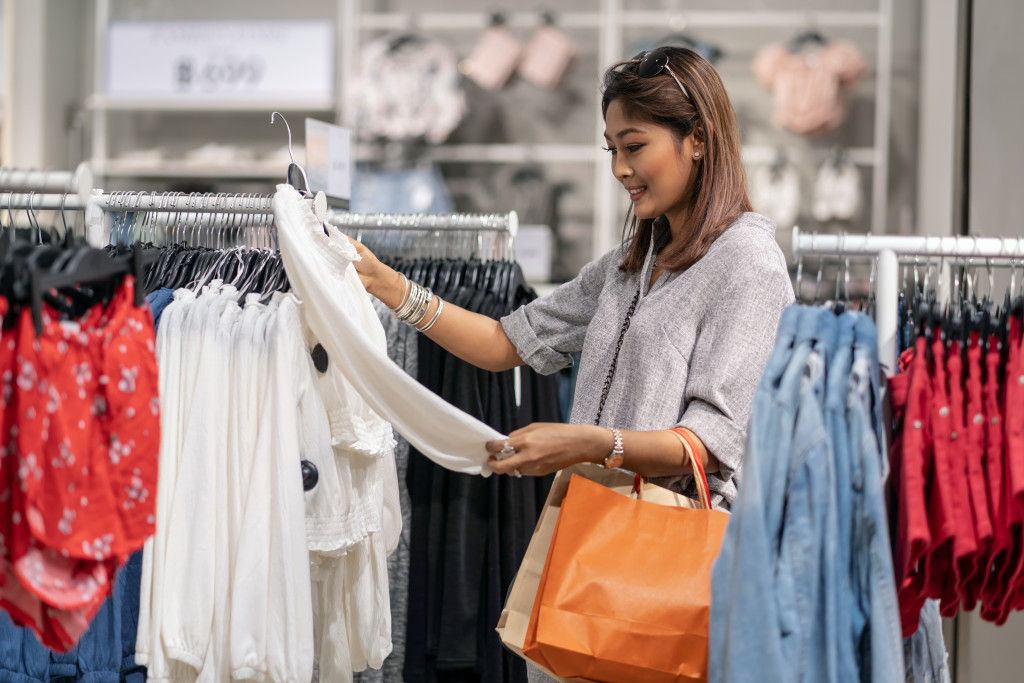It is interesting how much consumer behavior can change in a matter of a little less than two years. What the pandemic could do was surprising that, although it cost us lots of time and peace of mind, it also enabled us to get in touch with our needs. The following article explains how and what the market did in response to such behavioral and preferential changes:
More Health-conscious
Despite the pandemic’s bad outcome of triggering hypochondriasis among many people, we cannot deny that it was the big wake-up call we needed to take charge of our health independently. A result we cannot conceal is the rave around health supplements in mankind’s attempt to have a crutch to hold onto amid the uncertainty they have to bear health-wise as they are deprived of the luxury of attending general physical examinations. Although these supplementary products have been around forever, the demand uptick motivates producers to intensify research to formulate remedies that target more prevalent illnesses like irritable bowel syndrome, insomnia, and anxiety.
Another notable rising trend is home solutions to posture issues and chronic pain, which makes perfect sense as we are now gearing toward preventive health maintenance. Work-from-home led many of us to unhealthier lifestyles. As such, we continue to see the upward demand for lumbar support pillows or chairs, massage guns, compression gloves for carpal tunnel syndrome, and adjustable back braces.
Efficacy Counts
Now that consumers lean more toward being pragmatists, they would instead purchase a product that has gained itself significant traction online, meaning many could swear by its efficacy and how it improved their lives. Moreover, they are more averse to products that are presented with fluffy descriptions.
On the other hand, they would much prefer to take time to read industry-relevant jargon to understand better the technology behind a particular product for sale. They would even go so far as to watch enthusiasts and experts review these products or discuss them. Sometimes, they compare the products with similar ones from other brands just to arrive at the most informed decision rather than spend a fortune and leave it all to luck whether they serve their intended purpose.
Now that businesses are pushed to adopt an omnichannel approach when marketing their products, the more they have to bear the pressure of providing consistent information about their products across all their chosen platforms. Not doing so raises suspicion on the legitimacy of their products.

The role of marketing specialists continues to be challenged, too, as their brand image is becoming more largely reliant on the science backing their products. The absence of which ultimately diminishes their trustworthiness.
Consumption is still hugely fad-driven, with word-of-mouth marketing intensified by social media like TikTok. Still, it is safe to say that people aren’t as easy to get swept away with trends like the blackhead remover encased in a green tube. Despite the countless shorts that manage to end up in our feeds, many were still quick to denounce the results as they were portrayed in the video. After all, no scientific breakthrough purports that you can pull out all the deep-seated gunk-filled sebum without using an extractive method.
Practicality of Purchases
It took a full-on pandemic for many people to realize how precious their money is to spend on items that were not manufactured up to the highest standards. How temporal the nature of the luxury items they used to splurge on also dawned on them. With this, there emerged more stringent criteria when it comes to shopping.
Now that they are more ready to set aside non-essentials and focus more on items that would serve their practical purpose daily, buyers are more intentional in their purchases. With most shopping now done online, it incentivizes them to think through the items they added to their cart, an experience that they would usually be rushed for when they are already queuing up in the grocery checkout station.
This urges essential commodity brands to introduce more attractive bundle offers. A great example of this is how flavored beverages and toilet paper rolls come in more and more bottles in each pack, especially after the panic buying fiasco at the beginning of the pandemic.
On the other hand, sellers of items that fall more into the luxury item category were pushed to highlight more the style and function of their products. At times, packaging and marketing these products as gift-ready during seasonal launches work. By bringing one’s business online, brands can maximize tools to connect with company patrons who annually approach them for corporate gifts.
Final Thoughts
The pandemic pushed people to be pickier when shopping. But, all to improve the lives of their clients, brands should strive to meet their more sophisticated needs.

